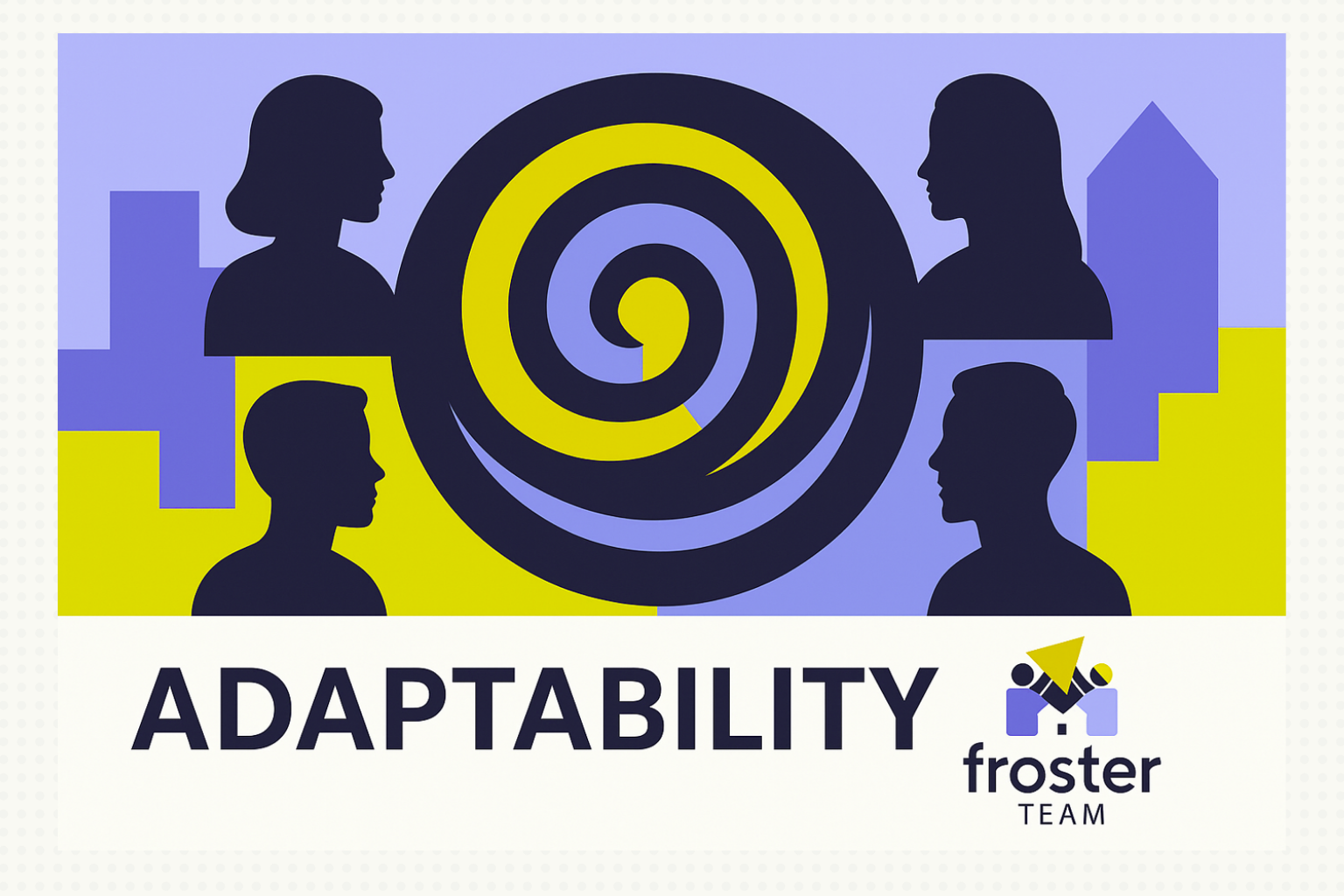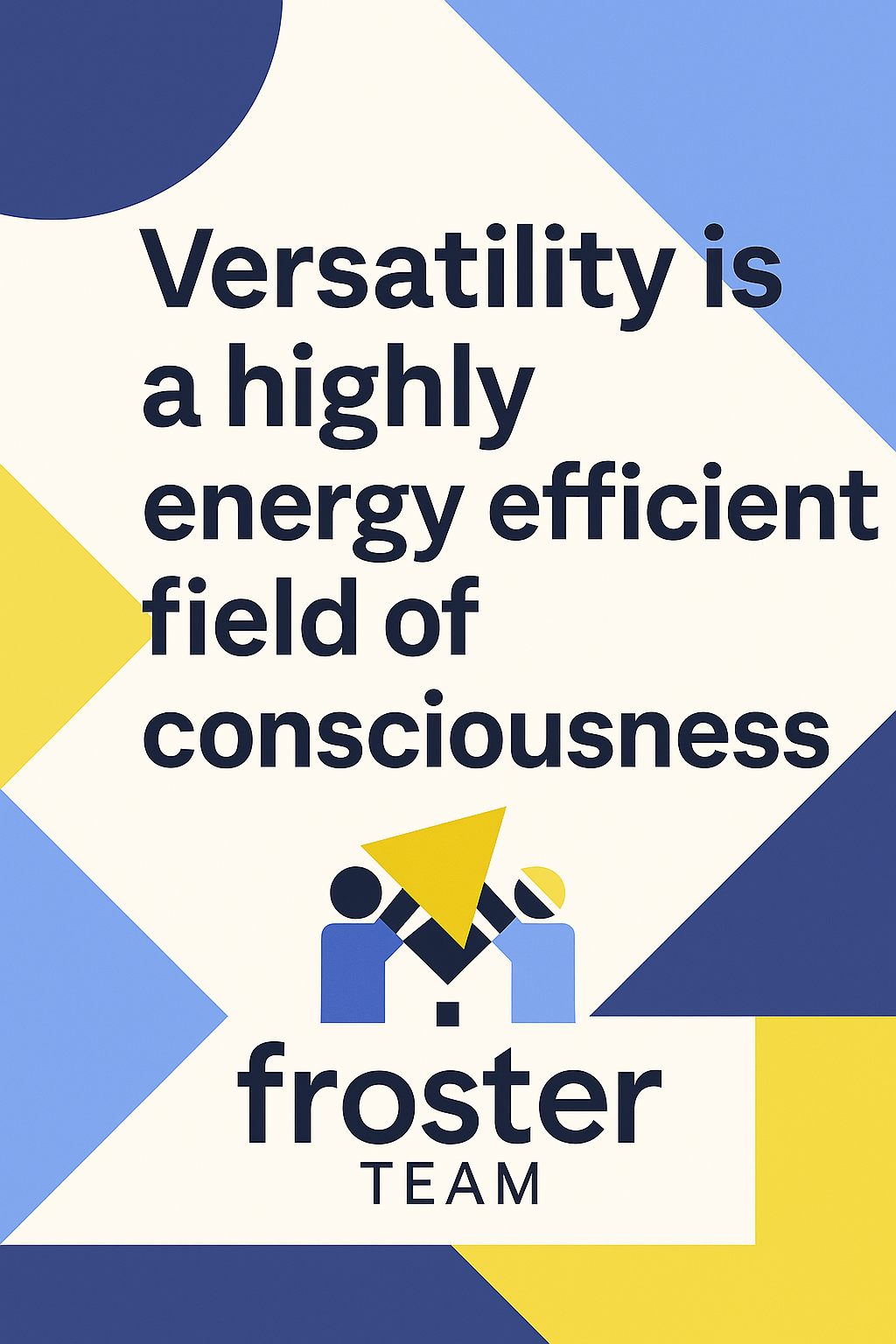The Architecture of Adaptability

Versatility is a highly energy efficient field of consciousness in Design Teams
At Froster Engineering, we’ve come to understand that energy efficiency doesn’t begin with mechanical systems or insulation thickness. It begins in the room—in the quality of dialogue, the adaptability of spirit, the coherence of those who gather to co-create.
Energy-efficient teams lead to energy-efficient outcomes.
We say this often, not as metaphor but as lived experience. The most sustainable structures we’ve helped bring into form were born from teams that trusted one another enough to move as a spiral—not a straight line. Linear plans fracture when stress hits. Spiral dynamics bend, re-form, and re-tune without breaking.
The design process, like nature, is iterative. It asks for listening more than knowing. Flexibility more than control. And in truth—when the dust settles, when the walls are up and the project is delivered—it’s the moments of unity, the laughter in workshops, the resolve through complexity, that we remember most vividly.
These are not just emotional residues. They’re part of the energetic blueprint of the building itself.
Our calling at Froster Team is not simply to draw better designs, but to hold spaces where people design better together. Where versatility becomes a shared rhythm. Where adaptability isn’t compromise—it’s coherence in motion.

Key Takeaways
• Adaptable teams generate adaptable architecture.
• Spiral, not linear, processes mirror natural creativity and resilience.
• Emotional resonance in teams imprints energetic coherence into the built form.
• Sustainability starts with how we relate—then radiates into what we build.
Let us remember: every great project begins with relationship—and every truly sustainable outcome is the echo of a team that was tuned.


.webp)